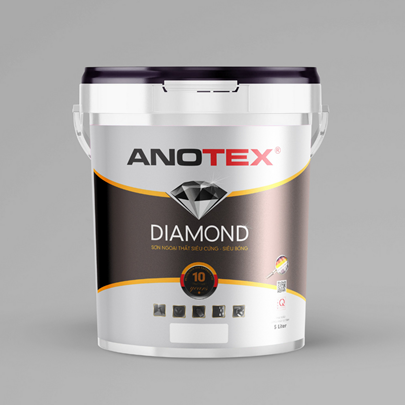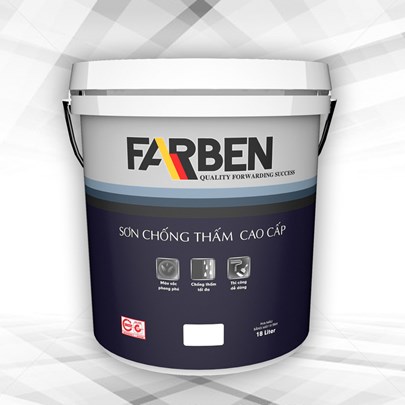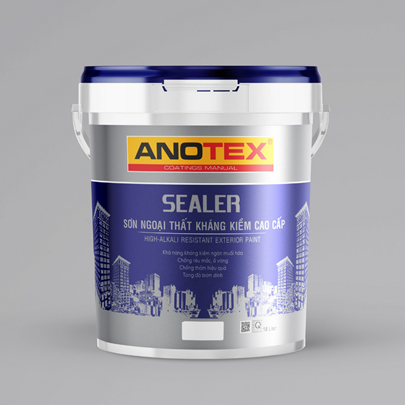Introduction to Scrum Team and Roles Wrike Scrum Guide
Content
The Scrum Master, on the other hand, behaves essentially as a coach, as they ensure the team is following Scrum rules. They strive to remove impediments, facilitate required meetings, and keep product owners and development teams on track. Though the role is most similar to the traditional role of project managers, the Scrum Master has no actual authority over the team. Instead, they are essentially Scrum experts who help developers reach their individual goals. For this reason, they must be well-versed in Agile and Scrum, be natural leaders with a knack for teaching, and possess strong organizational skills.
Teams should also seek feedback from ad hoc interactions with the customers who are using the solution in their working environment. Team planning – Once ART alignment has been established, teams perform shorter-term planning on a regular basis during the PI. The purpose of this planning is to leverage new learnings and plan the next short increment of value. The planning approach differs depending on whether a team applies SAFe Scrum or SAFe Team Kanban. Additionally, effective Agile teams spend time developing and understanding their primary user personas— and their needs, struggles, and opportunities for improvement. Most Agile Teams are a part of an Agile Release Train and deliver value together with other teams that operate within the context of a common solution mission.
This typically requires value stream mapping to identify sources of delay and excessive variability. Regularly synchronize with the rest of the train – While executing the PI, a team has multiple checkpoints with the rest of the train. This can take place in the form of an ART Sync that includes Coaches Sync and PO Sync. These events create visibility into the progress toward current PI objectives and help the ART make timely adjustments.

Often these implementations are a ‘quick shot’ through all layers of an application, such as connecting a single form’s input field to the back-end, to prove the layers connect as expected. A product backlog, in its simplest form, is merely a list of items to work on. Having well-established rules about how work is added, removed and ordered helps the whole team make better decisions about how to change the product. This is a concept in software development that reflects the implied cost of additional rework caused by choosing an easy solution now instead of using a better approach that would take longer.
Benefits of a Scrum Team
The product owner will have to work with all these people to effectively ensure that the development team is delivering value. That can mean a large amount of stakeholder management and communication. So for the sake of clarity, Scrum is an Agile framework designed primarily for complex projects that aims to organize and coordinate development work in the software development process. Most notably, Scrum uses short development cycles known as “sprints” that typically last between one and four weeks. The framework was created in the early 1990s by software developers Jeff Sutherland and Ken Schwaber—two legends in the Agile community.

Scrum assigns no titles to development team members, regardless of the work being performed by the person. There are also no sub-teams among the developers, regardless of domains that need to be addressed like testing, architecture, operations, or business analysis. Individual development team members may have specialized skills and areas of focus, but accountability belongs to the development team as a whole.
One of a scrum master’s responsibilities is tracking the day-to-day activities and ensuring that the team is on the right track, among other things. The construction of a clean build system is defined by Continuous Integration . To assemble automated compilation, unit test execution, and source control integration, the development team creates CI. In this post, we define scrum team members, discuss the advantages of adopting this strategy, and outline the many roles that make up a team. Scaled Agile Framework provides a set of principles, processes and best practices to address this problem.
Top 20 Scrum Master Interview Questions and Answers in 2023
Unlike traditional development structures, Scrum teams don’t have a structural hierarchy. All team members are equally important and together have all the skills and knowledge necessary to deliver a working product. Work on the sprint backlog is never assigned to developers; team members pull work as needed according to the backlog priority and their own skills and capacity. Typically, the whole team works together to refine the product backlog, which evolves as new information surfaces about the product and its customers, and so later sprints may address new work.
However continuous delivery is not always possible and other release models are required. It is important for the product owner to know when things can and should be released. Is made up of specialists who carry out the actual tasks in a Scrum sprint. Therefore, members of the development team could be programmers, graphic designers, writers, data analysts, or any other professional necessary to complete the sprint’s goals. To create, test, and deliver product increments every Sprint without outside assistance, the team is set up with all relevant skill sets in mind. The Team must, therefore, be independent and cross-functional.
Scrum master
Many refer to these methodological techniques as ‘patterns’—by analogy with design patterns in architecture and software. The team and stakeholders inspect the amount of work done. The Product Owner adapts the Product Backlog if necessary.
Discovery is a separate mini project with a goal to create a working plan for the product build. It starts with an intensive, one-day information gathering workshop with a client which is stages of team development organised to help our team better grasp the core components of the business and gain knowledge. We get an in-depth look at client’s story, who they are trying to reach and the key goals.
How should work be allocated to the team in a scrum project?
The product owner should not only understand the customer but also have a vision for the value the scrum team is delivering to the customer. The product owner also balances the needs of other stakeholders in the organization. The three scrum roles describe the key responsibilities for those on the scrum team. This means that any job title, even your existing ones, can perform one of the roles.
- Although the Sprint Goal is a commitment by the Developers, it provides flexibility in terms of the exact work needed to achieve it.
- Visualization of the work stages and limitations for simultaneous unfinished work and defects are familiar from the Kanban model.
- It’s very valuable to have team players in the Development Team who are supporting each other, taking care of each other and who are helping each other out.
- User research focuses on understanding user behaviours, needs, and motivations through observation techniques, task analysis, and other feedback methodologies.
- Both customer and technology feedback is needed to move forward effectively.
This helps uncover technology and implementation problems early and gives the teams enough time to respond to the findings. The articles on Build-in Quality and Team and Technical Agility provide deeper guidance on these practices. Participate in product definition – Agile team members leverage their knowledge of customer personas to create user stories and acceptance criteria. While the solution vision and feature definition is led by Product Management, it’s the teams that create the stories that fulfill that vision, as led by the Product Owner . Has a particular set of duties; only if they carry them out, closely collaborate, and work together can they complete a project.
How to Structure an Agile Scrum Team
Changing the core design or ideas of Scrum, leaving out elements, or not following the rules of Scrum, covers up problems and limits the benefits of Scrum, potentially even rendering it useless. Level-up on emerging software trends and get the assurance you’re adopting the right patterns and practices. Great Development Teams ensure the Scrum/team board is always up-to-date—it’s an accurate reflection of reality.
Jira Software
Every decision is taken with the product vision in mind. This ensures sustainable product development, provides clarity for the development team, and increases the chances of product success drastically. If you have lots of great skills for delivering customer value and that is what excites you, then you should be a scrum development team member. In fact, the team is the most important element of any agile organization as they actually deliver value to customers and stakeholders. That means that seniority is determined by how much you deliver value or help others do it.
However, the work of some teams is better suited to respond to frequent and less plannable events. In this case, SAFe Team Kanban is often the preferred team operating model. SAFe Team Kanban is less dependent on iteration timeboxes, focusing more on a continuous flow of stories through the backlog to the customer. Most teams start their Agile journey by adopting SAFe Scrum. Practices like cadence-based planning, commitment to iteration goals, frequent retros, a daily sync, and adhering to a short iteration timebox are routine.
Development team members should be cross-functionally diverse, with multiple perspectives, backgrounds, and experience levels. And, a sufficient quantity of each skill should exist among the team members. Self-organization is a bottom-up, emergent property of the system—there is no external dominating force applying top-down, command and control management.
This is a very valuable trait for Development Teams, since the short cycles may put pressure on the Development Team. It’s very valuable to have team players in the Development Team who are supporting each other, taking care of each other and who are helping each other out. Mastery — Great Development Teams are experts in what they do. They are masters in their field and are able to collaborate as a team to create ‘Done’ Product Increments every Sprint. Align with other Scrum Teams on operational work (such as dependencies, progress, issues, etc.), sometimes by conducting a ‘Scrum of Scrums’ meeting.
A great Product Owner understands the domain and environment they are part of. A product should always be built with its context taken into account. This includes understanding the organization paying for the development but also being aware of the latest market conditions.






















